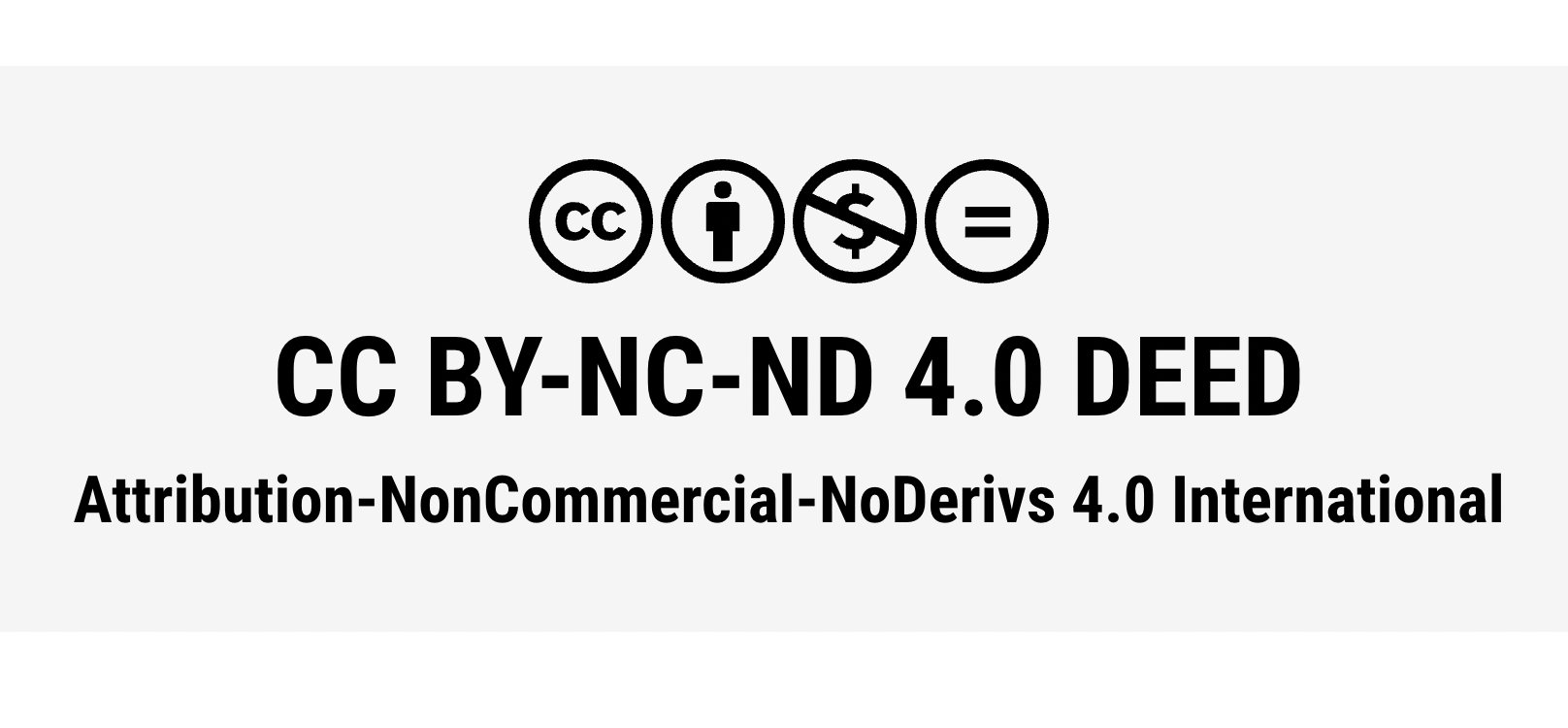Writing Rules
EXTENDED SUMMARY
Our journal has decided to publish all articles with an Extended Summary starting from 2025. The Extended Abstract is a method that will facilitate the international readability and citation of the articles. Extended Abstracts will be requested in English for Turkish articles and in Turkish for English and Arabic articles.
Extended Abstract will be requested during the first submission of the articles to our journal. The Extended Abstract should be placed after the abstract and keywords before the main text of the article begins.
The Extended Abstract, which will discuss the problem, purpose, method and results of the study in more detail than the traditional abstract, will also pave the way for the articles to be cited internationally, as it will be in English for Turkish articles. Extended Abstracts in Turkish will be requested for articles submitted to our journal in English.
The extended abstract should preferably be in the range of 500-700 words and should clearly present the purpose, problem, method, findings and results of the study in subheadings.
Translated with DeepL.com (free version)
The studies to be submitted to the ATAD Journal will be prepared in the following format. Articles must be uploaded to the site in Word format using the provided template. Articles not adhering to this template or the specified spelling rules will be rejected. The minimum word count for articles is 4000 words, and the maximum is 8000 words, excluding the references. To access the required template, click the 'Article Template' link.
When submitting your study, please remember to include a similarity report, as this is a crucial part of the submission process and helps to ensure the originality of your work.
Page Layout:
1. A4 Vertical, Margins should be 3-bottom, 2-left-right.
2. When creating the text, the top and bottom should be selected as 6 pt from the paragraph text box in the Word program.
3. The line spacing should be selected as single.
Font Family:
1. Palatino Linotype,
2. Main headings 11
3. The text should be written in 10-point size.
Each study should consist of the following main headings in order;
Title
The article title is a crucial element that should reflect the content and be comprehensive. The first letter of each word, except for conjunctions, should be written in capital letters. The English title should be given immediately below the article's title, emphasizing the importance of a well-crafted title.
Abstract
The abstract is a concise summary of the article's purpose, scope, method, and results. It should be between 150-300 words, providing a clear and comprehensive overview of the article's content.
Keywords
At least four keywords reflecting the integrity of the article should be determined. The section containing these keywords should be located immediately below the section containing the abstract.INTRODUCTIONThe introduction is pivotal in establishing the context of the article, providing a synopsis of the study's sections, its equivalent in scientific literature, the significance of the research, the research problem, and its objectives. It is a crucial part that should be detailed and informative.
The discussion, conclusion, and suggestions sections should be addressed in light of the importance of the research. The findings obtained should be discussed with literature and author comments, and the main ideas that emerged should be explained in the conclusion section. Suggestions appropriate to the discussion and conclusion of the study should be made. The references section should be prepared following MLA principles. In-text references and citations should be given in the language of the full text. The template above should be based on and arranged according to the spelling rules. Click for spelling rules.
Appendixes
1. Additional tables, figures, graphics, and pictures should be given on a new page after the references. Each appendix should be classified as Appendix 1 or Appendix 2, and each should be titled separately.
Tables and Figures
2. The titles and features of tables and figures should be created with consideration for the structure provided in the template examples. Table titles should be positioned above the table, while figure captions should be placed below the figure. Tables should be formatted so that they are flush with the text borders. Table titles and text should be set in 10-point font. For example, 'Table 1'. Table Title: The title and insets should be set at 10 points if the figure is contained in a graphic and editable format. Authorship CriteriaThe "Publication Rights Transfer Form" can be accessed from the publication principles page for all authors.
Our journal is a member of CrossRef. 
